Substance abuse assistance in Maputo City surges 46% in first half of 2025
Mozambique: 65% of population lives below poverty line
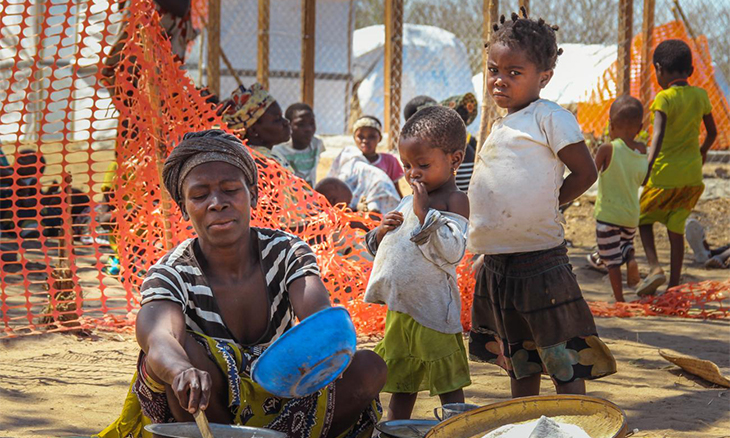
Image: O País
The number of people living below the poverty line has increased significantly in the last 10 years, to more than half the population. From 46.1% in 2015, the country now has more than 65% of the population unable to purchase food and non-food items that meet basic individual or family needs.
The data is provided by the 2025-44 National Development Strategy (ENDE) approved a few days ago by the Council of Ministers, which summarises the main guidelines for the country’s development over the next 20 years.
The document, whose vision is to transform Mozambique into a prosperous middle-income country, where security, equity and well-being are guaranteed, recognizes that, despite several efforts, Mozambique continues to be one of the poorest countries in the world.
Regarding poverty levels, the trend in recent years has been upward, and the blame is shared among economic and climate shocks.
“Poverty has affected a significant portion of the population, with different demographic and socioeconomic characteristics, due to several adverse events that have negatively influenced the country, with emphasis on climatic events such as cyclones Kenneth and Idai, which significantly affected the lives of the population, causing considerable economic and social damage, combined with the increase in food prices, climate shocks that affect family agricultural production and the transport sector, and the terrorism situation in the north of the country,” the document reads.
Consumption poverty increased from 46.1% in 2014/15 to 68.2% in 2019/20 and saw a slight reduction to 65.0% from 2019/20 to 2022.
The government wants to reduce the proportion of the population living below the national poverty line from 68.2% to 27.7% in 20 years.
Multidimensional poverty, which, in addition to consumption, includes access to education, health care, possession of goods, housing and sanitation among other factors, registered a more stable variation in the rate, rising from 55% in 2014/15 to 53.1% in 2022. This suggests improvement in access to education and drinking water. However, “the challenge of adequate housing conditions with access to water and safe sanitation, electricity and the possession of durable goods prevails, with greater emphasis on rural areas where 66.6% of the country’s total population resides”.
The government’s 2044 goal is to reduce the multidimensional poverty rate from 53% to 24.2%.
In the social component, combating inequalities emerges as one of the challenges. This is because, like other variables, social inequality also increased at a national level (urban/rural and regional) from 0.47 in 2014/15 to 0.51 in 2019/20, being more pronounced in rural areas and in the north of the country, according to the government.
“Equally, social inequalities have been increasing due to the emergence of pockets of food insecurity and hunger resulting from rising food prices, climate shocks that affect families’ agricultural production and the situation of terrorism in the north of the country,” the document reports.
Among the factors that contributed to the increase in the number of poor people in the country, the document highlights the rapid population growth putting pressure on basic services, weak employment opportunities, inequality in income and access to resources, and weak investment in essential infrastructure.
To overcome these obstacles, the government has designed a development model based on strategic sectors, such as agriculture, tourism, industry and energy.
Industry at the core of economic transformation
In the government’s view, the transformation of the country’s economy has the manufacturing industry at its epicentre.
“The Development Model proposed to guide Mozambique’s economic, social and sustainable trajectory towards a prosperous and inclusive future that encompasses a holistic and strategic approach, aiming at the structural transformation of the economy, the diversification of productive sectors and the strengthening of the base national industrial sector,” the 2025-44 National Development Strategy reads.
In the first sector, agriculture, the government foresees injecting significant investments to modernise production techniques, increase productivity and integrate small producers into broader value chains in the Pemba-Lichinga corridor with technological support from the Northwest Research Centre in Lichinga and concentration in cotton, potatoes, beans, chicken, corn, soybeans, tobacco, wheat, fishing and forestry products
In the Nacala corridor, with technological support from the Northeast Research Centre in Nampula, the concentration is on cotton, peanuts, chicken, fruits, cassava, corn and fishery products; in the Zambezi Valley corridor with technological support from the Ulóngue experimental unit and concentration on cotton, rice, potatoes, cattle, goats, chickens and corn; in the Beira corridor with technological support from the Sussundenga Research Centre and concentration on rice, cattle, chicken, fruit, vegetables, corn, soybeans and wheat; in the Limpopo corridor with technological support from the Southern Research Centre in Chókwè and concentration on rice, cattle, chicken and vegetables, fishery and forestry products and in the Maputo corridor with technological support from the Umbelúzi Experimental Unit and concentration on rice, cattle, chicken and vegetables.
In addition to satisfying internal demand for food, the agricultural sector could be an important source of raw materials for the manufacturing industry.
In the industry sector, another fundamental pillar of the Development Model, the executive’s efforts will be promoting investment and development of industry in areas that have great potential for the revitalization of industrial parks and with emphasis on, in Cuamba, agro-industry; in Chimoio agro-industrial park; in Vilanculos industrial park, marine industry; in Afungi Petrochemical Industrial Park, fertilisers; in Morrumbala Industrial Park, cement; in Moma and Chibuto industrial park, paints; in Vandúzi and Munhava industrial park, dry port; in Balama Industrial Park, pencils, batteries and solar panels; in Chiúta Industrial Park, iron; and in Beluluane Industrial Park, aluminium.
Along this path, industry will be able to absorb raw materials from the agrarian and mining sectors, therefore stimulating the strengthening and expansion of the food, beverage, furniture, paper, glass and pharmaceutical industries; industrial fishing; the cement industry and others.
“Investments in infrastructure, workforce training, tax incentives, facilitating access to financing for manufacturing companies, especially for the acquisition of modern technology and equipment, promotion of foreign trade policies, which encourage import substitution and the export of manufactured products, will be implemented to stimulate local production, reduce dependence on imports and promote the diversification of the economy,” the plan adds.
With these conditions in place, the average annual real GDP growth rate could increase from 4.4% to 9.2% including gains from liquefied natural gas.
According to the executive’s vision, in the short and medium term, the oil and gas sector will sustain economic growth until 2030. However, in the long term, it is expected that the dynamics of the non-oil sectors will determine the pace of growth and income generation in the country.
“In terms of productive structure, in the long term, it is expected that the primary and tertiary sectors will continue to make a greater contribution to GDP. Strategic sectors with growth potential and added value such as high value-added agriculture, agroindustry, tourism, processing of natural resources in a sustainable manner and production of manufactured goods could determine economic growth trends over the next 20 years, raising average annual economic growth rates to 10.7% with LNG and 11.6% without LNG,” the document adumbrates.


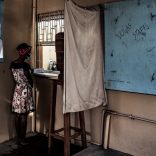

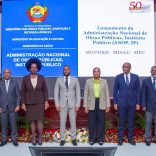

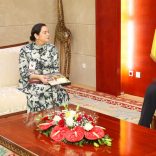


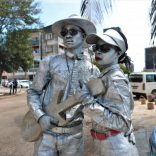
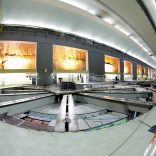


Leave a Reply
Be the First to Comment!
You must be logged in to post a comment.
You must be logged in to post a comment.